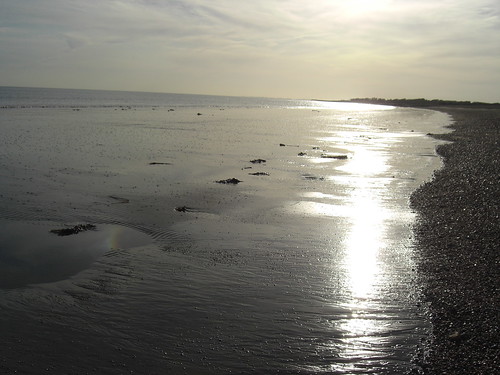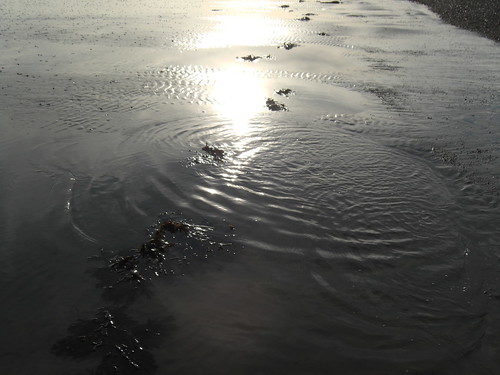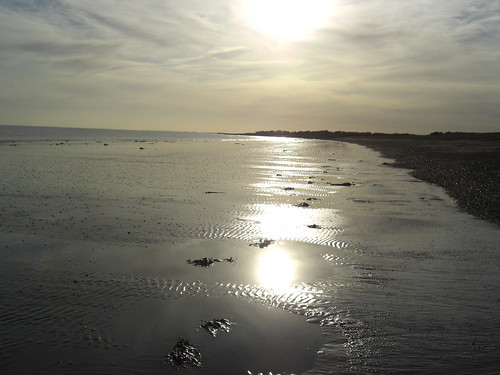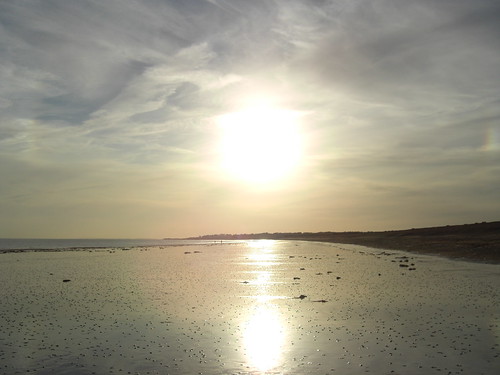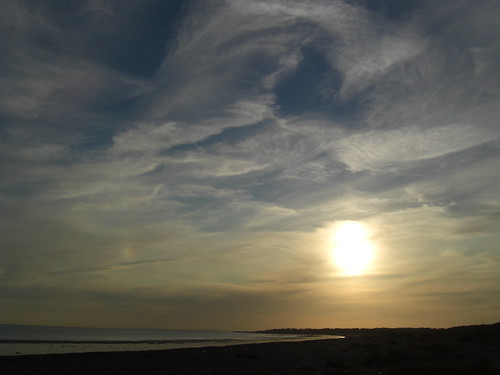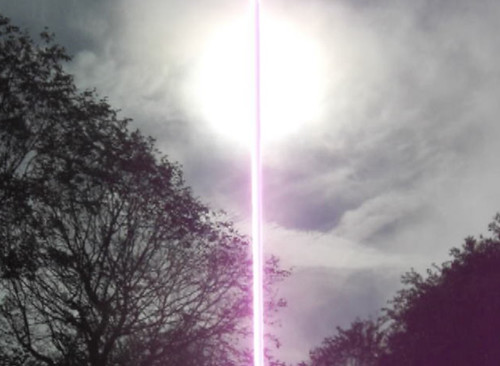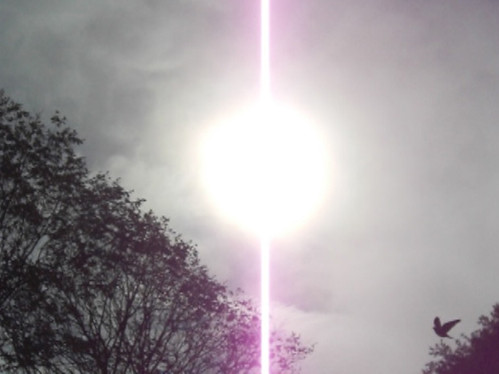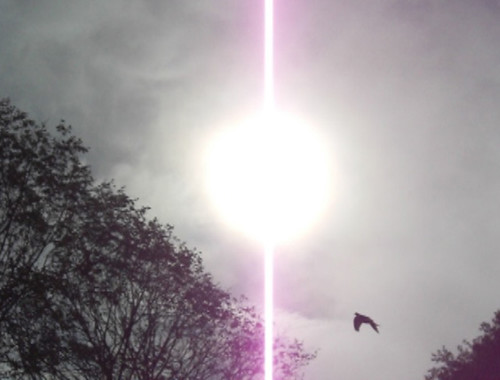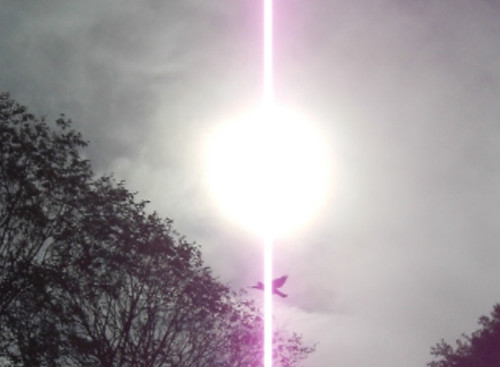Philip's areas of interest include generative art, physical computing, sound art and music, complexity science, and art theory. He teaches graduate studios in generative art and physical computing at Texas A&M University. His artistic work includes generative hardware systems of his own design, installations, digital fine art prints, and light-box transparencies. His work has been shown in the United States, Canada, the Netherlands, and Peru. As a curator he collaborated with others to create ArtBots in New York City in 2002 and 2003, and COMPLEXITY, the first major fine art exhibition focusing on complex systems and emergence. Website: philipgalanter.com
Interview with Philip Galanter:
KJ: Could you describe a little about your background and how you became interested in generative art?
PG: The first arts activity that I participated in in a serious way was electronic music. This was back in the 1970's using analog synthesizers. The part I found most fascinating, along with the notions of timbral composition, was that the synthesizer could play itself. By using a sample and hold unit, for example, one could create random voltages or cascading stair-step voltages that would in turn determine pitch, loudness, stereo placement, and so on. So I would create these systems by patching together various modules and then sit back and listen. The term "generative art" wasn't used then, but that's what it was.
I went through a long period of pursuing various musical interests including punk, industrial, and various experimental and performance art forms. Little of that was generative. It was the more typical group collaboration style of manual music production.
Around 1990 I tired of collaboration and was trying to figure out a way I could affordably create live electronic music as a solo performer. One concern I had was that it would be terribly boring to watch; just a guy pushing buttons and tweaking knobs. So I began experimenting with analog video feedback as a fast way to create lots of visuals that I could project. That led me to the edge, and I fell over and became more focused on visual art. And with video feedback I was once again back in the generative realm. Because for years my day job had been scientific programming, and even included non-artistic graphics, it was only natural that I would soon turn to digital tools for generative visual art.
KJ: Is there a reason that you use generative software as part of the piece as a message within your own art work, or do you just use generative software as a process for making the work and it has no relevance to the actual art work? I was particularly thinking of some of your generative animations: worms, blobs, and light box drawing as I would imagine using generative software played an important aspect within the meaning of this work, but I'm also curious about your other generative artworks too.
PG: The question as to whether the generative approach is merely pragmatic or whether it is embedded in the work as content is a very interesting one. Initially my interest was purely pragmatic. In support of live performance I needed more visual material than I could practically create by hand, and so using generative systems was really the only way I could go. At the time my goal was to use analog video feedback in such a way that it didn't look like all the other video feedback that had been created by then. I didn't want it to be about the way it was made. It was only later that I realized that video feedback is a chaotic system and a legitimate intention could be the exploration and presentation of chaos theory.
As my interest in generative systems grew I became aware of complexity science. It's essentially an attempt to theorize across a diversity of domains and produce models and abstractions that can apply to what previously seemed to be unrelated systems. For example, is there something we can say about ant hills, the human brain, and weather systems that helps us understand all three? At the time this was pretty exotic stuff, but now to some extent it's become absorbed into the popular culture. Unfortunately the science of complexity is more subtle and complicated than the popular interpretation and folks tend to underestimate the depth of the complexity waters.
Anyway I came to realize that generative art is all about using systems, and complexity science is all about understanding systems. I came up with a generative art theory using complexity theory as a context for considering systems. This led to a paper "What is Generative Art" that contains the most widely cited definition of generative art.
Over the years my work has increasingly become a sort of meditation on complex systems, and so the pieces are about the very generative systems they contain. The art is the system and the system is the art. I refer to this as "truth to process" in some recent writing.
KJ: Are there any art movements that have influenced your work?
PG: I believe that art proceeds by accretion. Art movements are never lost or reversed, rather each new art movement layers itself over the last. So in a way every art movement is still present and influential. But we all have our favorites. Very little art before the 20th century excites me. For me Mondrian and Pollock are huge influences, with Mondrian contributing the Apollonian principle in art and Pollock the Dionysian. But really the entire pantheon of abstract expressionists is huge for me. Minimal and conceptual art is, not surprisingly, a big influence on me. I understand and enjoy pop art although it's hard to see in my work. Maybe it's visible in my use of unsubtle fully saturated color. Warhol appeals to me both as a visual artist, but also in terms of his contributions to film and music. Without Andy there would have been no Velvet Underground, and they influenced so many others it's hard to imagine what rock music would have been like without them. Music has probably influenced me more than other visual artists, although it's hard to pinpoint exactly how that comes out.
Back when I did purely music my approach was much more Dionysian. My visual art has been mostly Apollonian. It may be time for the pendulum to swing again.
KJ: Are there any reasons why you choose to simulate nature?
PG: Artists have always learned from nature. Of course in the postmodern era saying such a thing is viewed as being, at best, quaint. But increasingly folks have tired of postmodernism. There is now a whole generation of young artists embracing science and technology as not only a useful source of tools, but as a cool and creative subculture. So you have the arduino and Maker Faire and folks wiring up kinects to sound chips and so on. There's even this notion of art-science as a hybrid discipline with a claim to its own identity. So artists have always learned from nature and so have scientists.
If you want to create art using complexity and generative systems why not study under the master? That would be nature. In my work I'm not seeking to simulate nature so much as to learn from it. Some of my work has biomorphic form in it, but I don't view that as being essential to the work. Two recent pieces, RGBCA 1 and RGBCA 2, are much more minimal in style; cubes, hemispheres, lines. But they are still generative, they are still systems, and they are about the systems they are.
Philip Galanter
Assistant Professor
Department of Visualization
Texas A&M University
C108 Langford Center
3137 TAMU
College Station, TX 77843-3137

